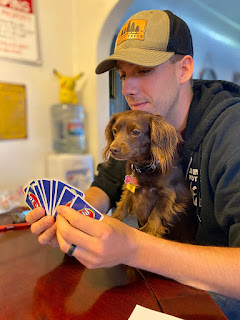Tune in today as Dr. Jody Green, of the Arthro-Pod gang, sits down to interview living legend, Dr. Harold Harlan. They discuss Dr. Harlan's career as an entomologist as well as the history of his infamous bed bug colony. Plus, they dive in to the history of the modern bed bug resurgence. All that and more on Arthro-Pod!
 |
| Drs. Green and Harlan at the Entomological Society of America 2019 meeting |
Show Notes-
Possible reasons for
resurgence include:
o
Increase in
international travel
o
Changes in pest
management
o
Insecticide
resistance mechanisms
o
Lack of reaction
to bed bugs
o
Adaptation of bed
bugs to alternative hosts
o
Bed bugs and poultry
farms
o
Ability of bed
bugs to go months without a blood meal
o
High density
housing and high turnover
Resources:
Book: Monograph of Cimicidae
Usinger 1966 (pdf)
Book: Advances in the Biology
and Management of Modern Bed Bugs
Editors: Doggett, Miller and
Lee 2018
Article: PCT Magazine from
November 2011
Love at First Bite
https://www.pctonline.com/article/pct1111-bed-bugs-scientist/
Bed
bugs evolved before their bat hosts and did not co-speciate with ancient humans
Roth
et al. 2019
https://www.cell.com/action/showPdf?pii=S0960-9822%2819%2930477-4





















